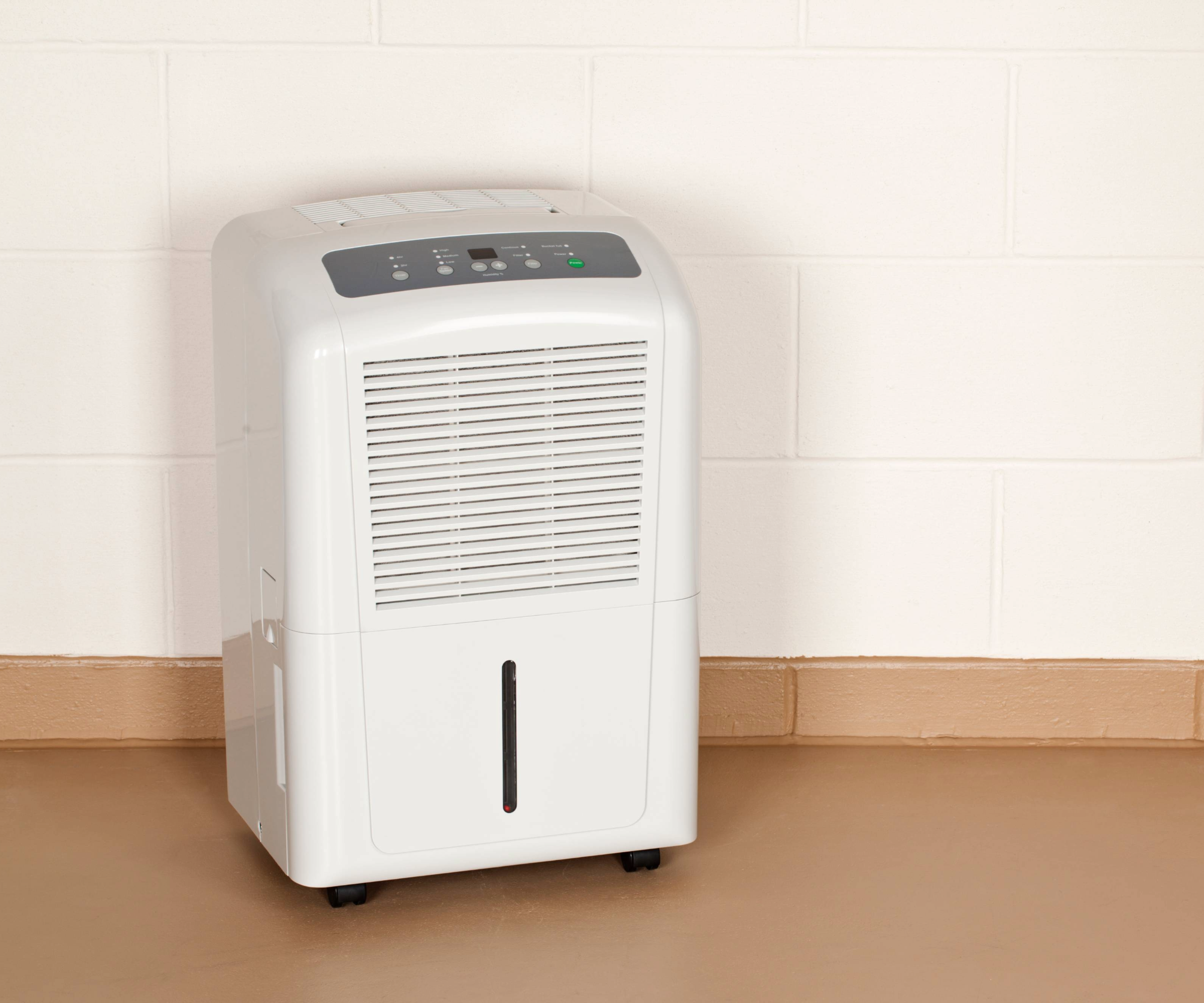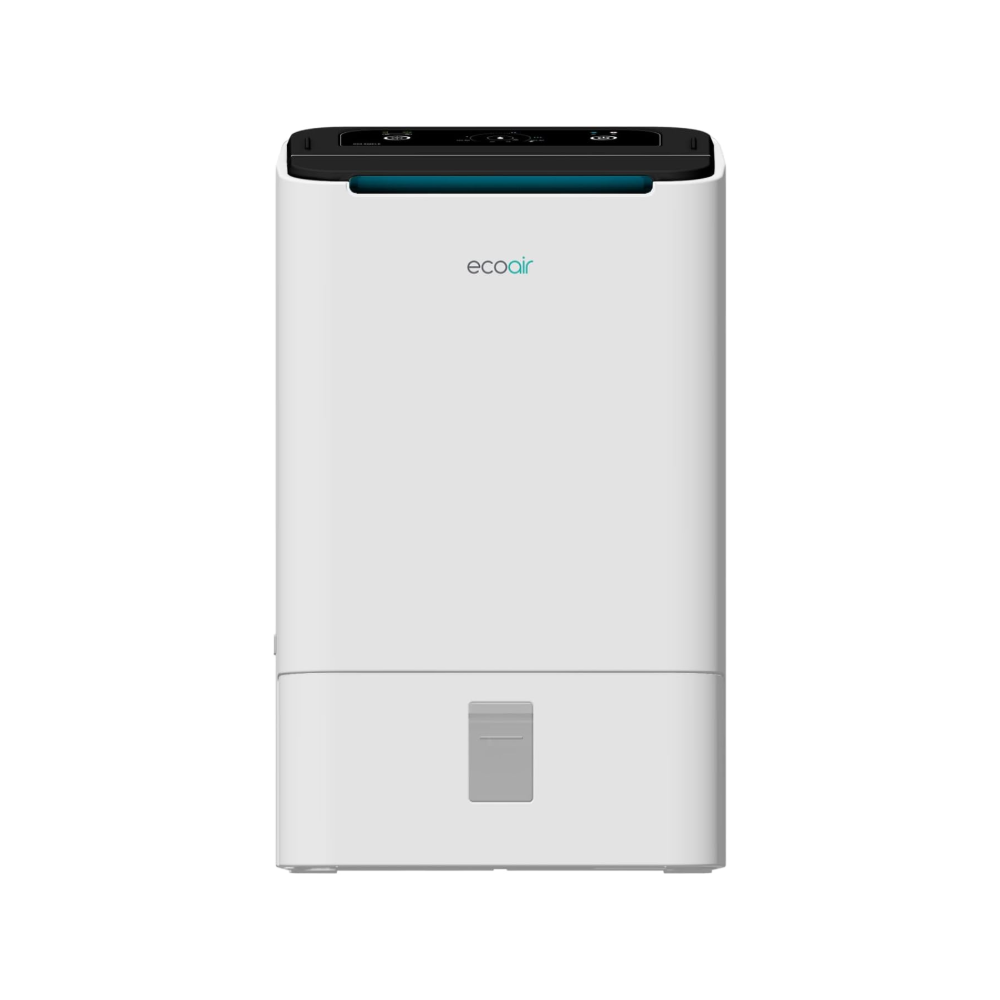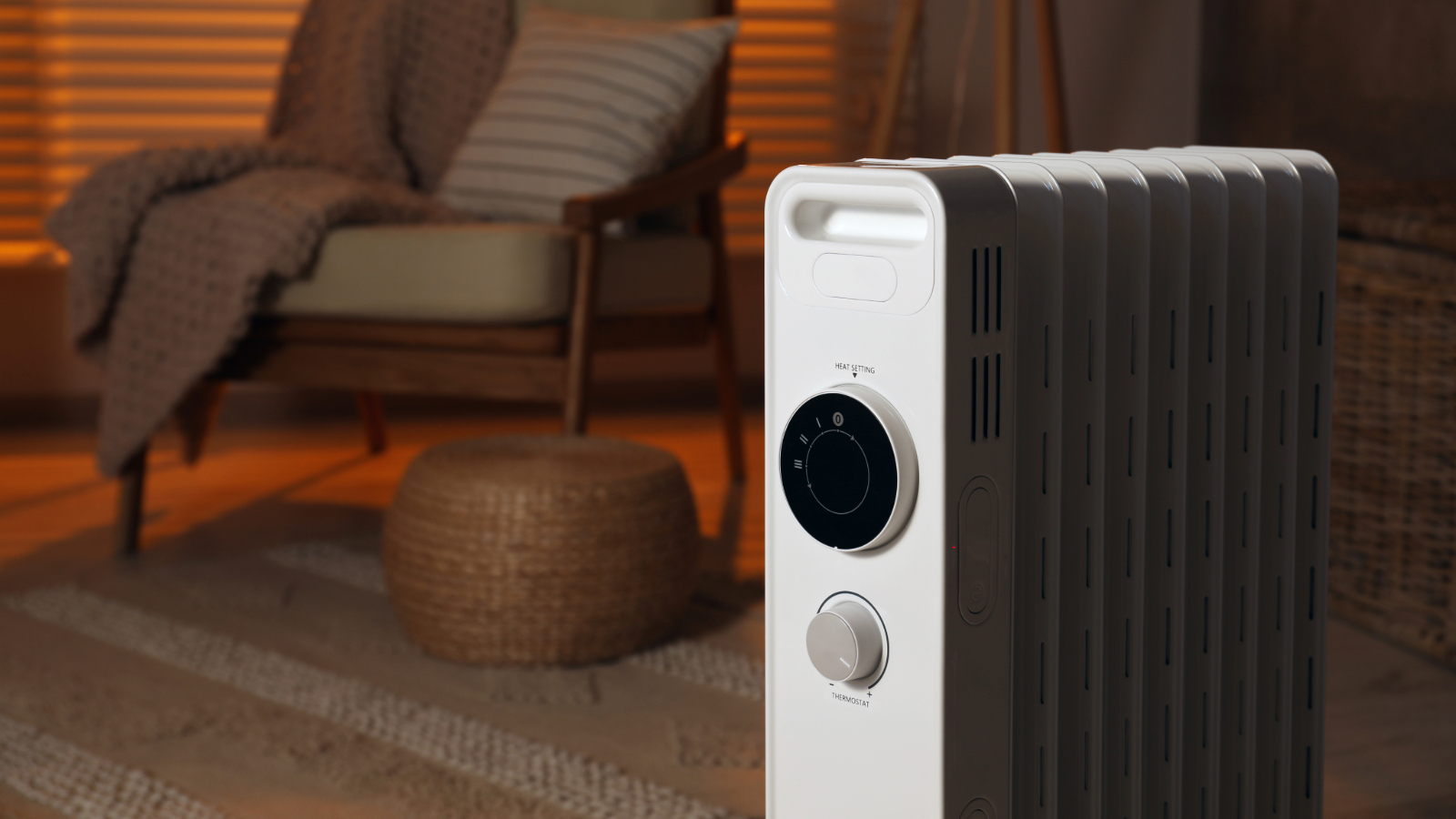Which dehumidifier is best for cold rooms? Expert reveals what to use (and avoid) in low temperatures
We take a look at which dehumidifier is best for cold rooms

As the weather gets colder and temperatures start to drop in your home, you might wonder which dehumidifier is best for cold rooms. These units are incredibly handy for removing dampness and condensation, but not all are designed for the same conditions – and you’ll face problems if you choose unwisely.
When selecting the best dehumidifier for your needs, it’s important to consider where you’ll be placing it to ensure it operates properly. While some models thrive in chilly conditions, others may freeze up, stop collecting water, or shut down completely to prevent damage.
Below, we’ve asked the experts which dehumidifier is best for cold rooms, why certain models don’t perform as well in these environments, and their top tips for using your machine during the winter season.
What is the best dehumidifier for a cold room?

Desiccant dehumidifiers are best for cold rooms, according to Chris Michael, Founder of Meaco. So, for rooms that rarely exceed 10°C, like a cold conservatory, utility room, garage, boat, or caravan, this is the model for you.
If you take a look at how dehumidifiers work, desiccant models use a moisture-absorbing material to capture water vapor. Since they don't rely on a cooling process (as compressor models do), they won't freeze up or cause related problems if they're in the cold.
Desiccant models also have the added bonus of extra warmth. "The air generated by a desiccant dehumidifier is 10-12°C warmer than room temperature, so this extra heat can be a welcome way to keep a room a little cosier," explains Chris. "Naturally creating this extra warmth has a cost, so it’s recommended weighing up whether this benefit offers you the best value for money for your needs."
Laura Bradbury, Head of eCommerce at Vonhaus, recommends finding a dehumidifier with a dedicated low-temperature or frost-protection setting, as these are made to work well in colder climates.
Bring your dream home to life with expert advice, how to guides and design inspiration. Sign up for our newsletter and get two free tickets to a Homebuilding & Renovating Show near you.

Chris Michael is the founder of Meaco and has worked within the air treatment industry for over 30 years.

Laura Bradbury is Head of eCommerce at online homeware and garden retailer Vonhaus.
Why don't compressor dehumidifiers work in the cold?
You might think that desiccant and compressor dehumidifiers work in the same way, but that's not the case.
"Compressor units run on a refrigerant," explains Chris. "So, just like a fridge, if they get too cold, they go into defrost. While this is not a bad thing, and the units will do this cycle from time to time, you don’t want to spend your money on a machine that will defrost more than it will dehumidify."
To get the most out of your compressor dehumidifier, place it in a room where the temperature is 15°C or higher.
Do you need to use a dehumidifier differently during the winter?
Should you use your dehumidifier differently during the winter? The answer is yes, according to Laura Bradbury.
She explains, "In winter, rooms are often cooler and have less airflow, so it helps to move your dehumidifier to the areas where moisture builds up, such as near windows or laundry spaces. Closing doors and windows helps it work faster, and running it for longer periods can make up for the colder air."
Now that you know which dehumidifier is best for cold rooms, you can prevent your unit from freezing up, wasting electricity – or worse, malfunctioning and shutting down completely, which is one of the most common dehumidifier mistakes.
If you're wondering whether the colder seasons affect how much you'll pay to run your machine, read our explainer on dehumidifier running costs, which breaks it down.

As Content Editor at Homebuilding & Renovating, Megan is passionate about providing expert-backed advice and creative inspiration to help readers transform their living spaces. Her love for DIY began while helping to renovate her parents’ family home, sparking a fascination with interiors, renovation, and design. More recently, she assisted with the renovation of her partner’s house in Bristol and is currently expanding her expertise through an Introduction to Home Improvement course. She joined the Homebuilding & Renovating team in 2025, having previously worked as a Staff Writer at PetsRadar and Beauty Assistant at Harrods.

